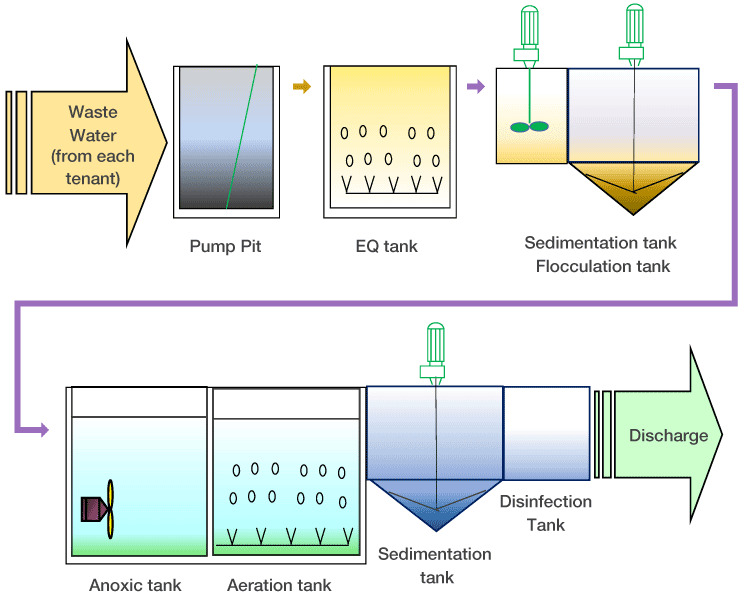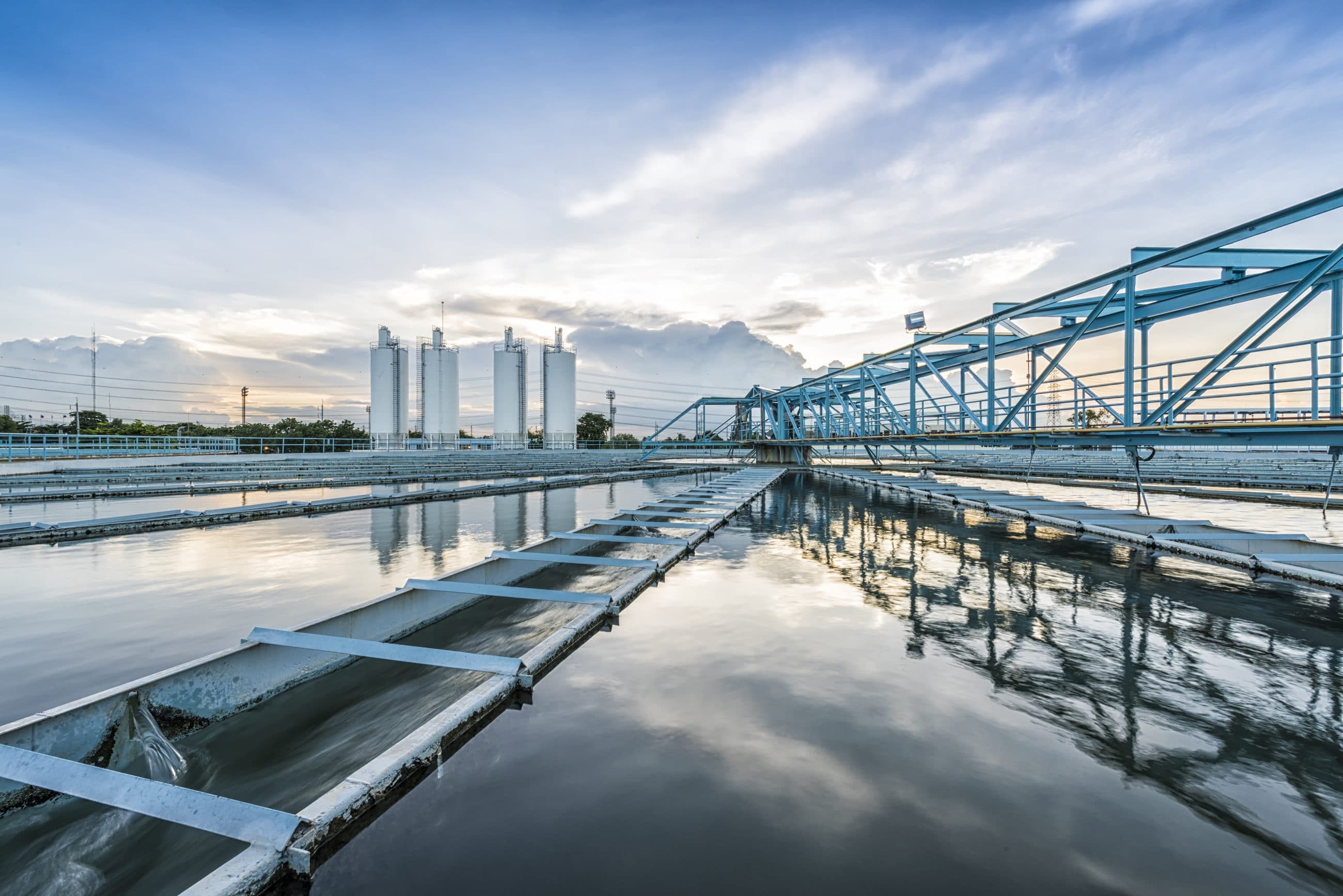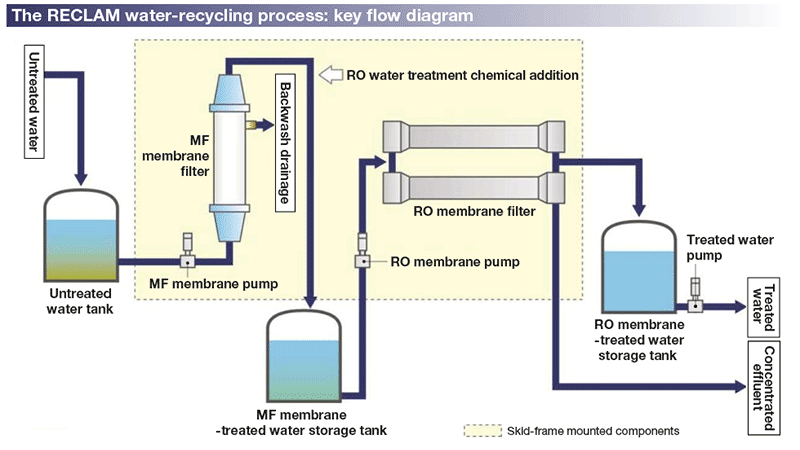Technologies and Developments in Industrial Waste Water Therapy Technologies
The landscape of commercial wastewater therapy is undertaking a transformative change, driven by technologies that boost both performance and sustainability. As governing criteria advance, the assimilation of AI and equipment understanding right into wastewater monitoring systems assures to simplify procedures and make sure compliance.
Summary of Waste Water Therapy Technologies
Wastewater therapy modern technologies incorporate a variety of techniques developed to remove impurities from commercial effluents prior to their release right into the setting. These innovations are vital for maintaining ecological equilibrium and making sure compliance with ecological guidelines. The main categories of wastewater therapy include physical, chemical, and biological methods, each serving distinct objectives based on the nature of the contaminants existing.

Organic therapy approaches employ bacteria to break down raw material, making them especially efficient for organic-rich effluents. Methods like triggered sludge and biofilm activators harness the all-natural destruction abilities of bacteria, resulting in substantial decreases in biochemical oxygen need (BODY)
Advanced Filtering Strategies
Advanced purification techniques represent a crucial evolution in the realm of industrial wastewater therapy, boosting the efficiency of impurity elimination procedures. Industrial Waste Water Treatment. These methods include a series of technologies, including microfiltration, ultrafiltration, nanofiltration, and turn around osmosis, which give sequential obstacles for various particle sizes and chemical structures
Microfiltration and ultrafiltration utilize membrane systems to get rid of suspended solids, microorganisms, and bigger natural molecules, boosting the top quality of effluent previous to further therapy. Nanofiltration links the space in between ultrafiltration and turn around osmosis, successfully removing organic compounds and divalent ions, thus lowering the lots on downstream procedures.
Reverse osmosis offers the highest degree of purification by enabling only water and little particles to pass through its semi-permeable membrane layers, making it suitable for reclaiming high-quality water from commercial effluents. Recent innovations in membrane innovation, consisting of the advancement of more resilient and fouling-resistant products, have actually substantially enhanced functional efficiency and decreased expenses.
Integrating these advanced filtration methods not just enhances the total treatment process however additionally adds to sustainability initiatives by enabling water reuse and source recuperation in commercial setups. (Industrial Waste Water Treatment)
Biological Therapy Developments

Additionally, the growth of engineered organic systems, such as membrane layer bioreactors (MBRs), combines organic therapy with innovative membrane layer purification. This assimilation allows for greater effluent quality and reduced footprint, making it appropriate for space-constrained industrial facilities. Advancements in genetically crafted microorganisms have actually likewise emerged, enhancing the biodegradation of certain impurities, such as drugs and hefty metals, that are typically testing to eliminate.
Furthermore, the execution of bioaugmentation approaches, where valuable microorganisms are presented to improve the existing organic treatment processes, has actually revealed promising lead to boosting therapy performance. These innovations collectively represent that site a pattern towards more effective and lasting biological therapy techniques that can adjust to the progressing intricacies of commercial wastewater streams. As markets remain to prioritize environmental conformity, these organic advancements will certainly play a critical duty in wastewater administration.

Resource Recovery Methods
In commercial settings, the integration of resource recovery methods has become increasingly important for enhancing sustainability and reducing waste. These approaches focus on removing important materials and energy from wastewater streams, therefore transforming prospective pollutants right into recyclable resources.
One noticeable technique is nutrient recuperation, where nitrogen and phosphorus, frequently present in excess in wastewater, are caught and converted right into fertilizers. This not only lowers environmental impacts however likewise supplies a circular economic situation remedy for agricultural applications. Additionally, modern technologies such as anaerobic digestion permit the conversion of organic waste right into biogas, a sustainable power resource that can counter check over here fossil gas use in industrial operations.
In addition, advanced filtering and membrane layer innovations promote the recovery of industrial byproducts such as metals and salts. These recouped materials can be reintegrated right into production processes, minimizing the requirement for virgin sources.
Future Fads in Waste Water Monitoring
As industries progressively focus on sustainability, the future of wastewater monitoring is readied to undergo significant improvements. Technical advancements, such as expert system and equipment understanding, will certainly make it possible for more efficient surveillance and monitoring of wastewater systems. These innovations can anticipate upkeep demands, optimize therapy procedures, and enhance decision-making, eventually minimizing functional expenses and environmental impact.
Furthermore, the assimilation of circular economy principles will certainly play a crucial duty in wastewater monitoring. Industries are expected to shift in the direction of systems that not only treat wastewater yet likewise recuperate useful sources, such as nutrients, water, and energy. This transition will decrease waste and promote the reuse of materials, lining up with worldwide sustainability objectives.
Emerging therapy strategies, such as membrane bioreactors and progressed oxidation procedures, will further enhance the efficiency of wastewater therapy, allowing for better effluents appropriate for reuse. In addition, regulatory frameworks are most likely to develop, stressing more stringent criteria for wastewater discharge and motivating industries to embrace cutting-edge therapy services.
Verdict
In verdict, the advancement of industrial wastewater therapy technologies demonstrates a considerable change in the direction of improved efficiency and sustainability (Industrial Waste Water Treatment). Advancements in innovative filtering methods, organic treatments, and resource recuperation approaches highlight the market's commitment to ecological stewardship.
The landscape of commercial wastewater therapy is going through a transformative shift, driven by technologies that enhance both performance and sustainability.Wastewater treatment innovations encompass a variety of approaches developed to remove contaminants from commercial effluents before their launch right into the atmosphere.Using the power of biological procedures has actually led to substantial technologies in the treatment of commercial wastewater.Furthermore, the execution of bioaugmentation approaches, where helpful germs are my review here presented to boost the existing biological treatment processes, has shown appealing results in boosting treatment performance. These advancements collectively indicate a trend in the direction of more sustainable and effective organic treatment techniques that can adapt to the evolving complexities of industrial wastewater streams.